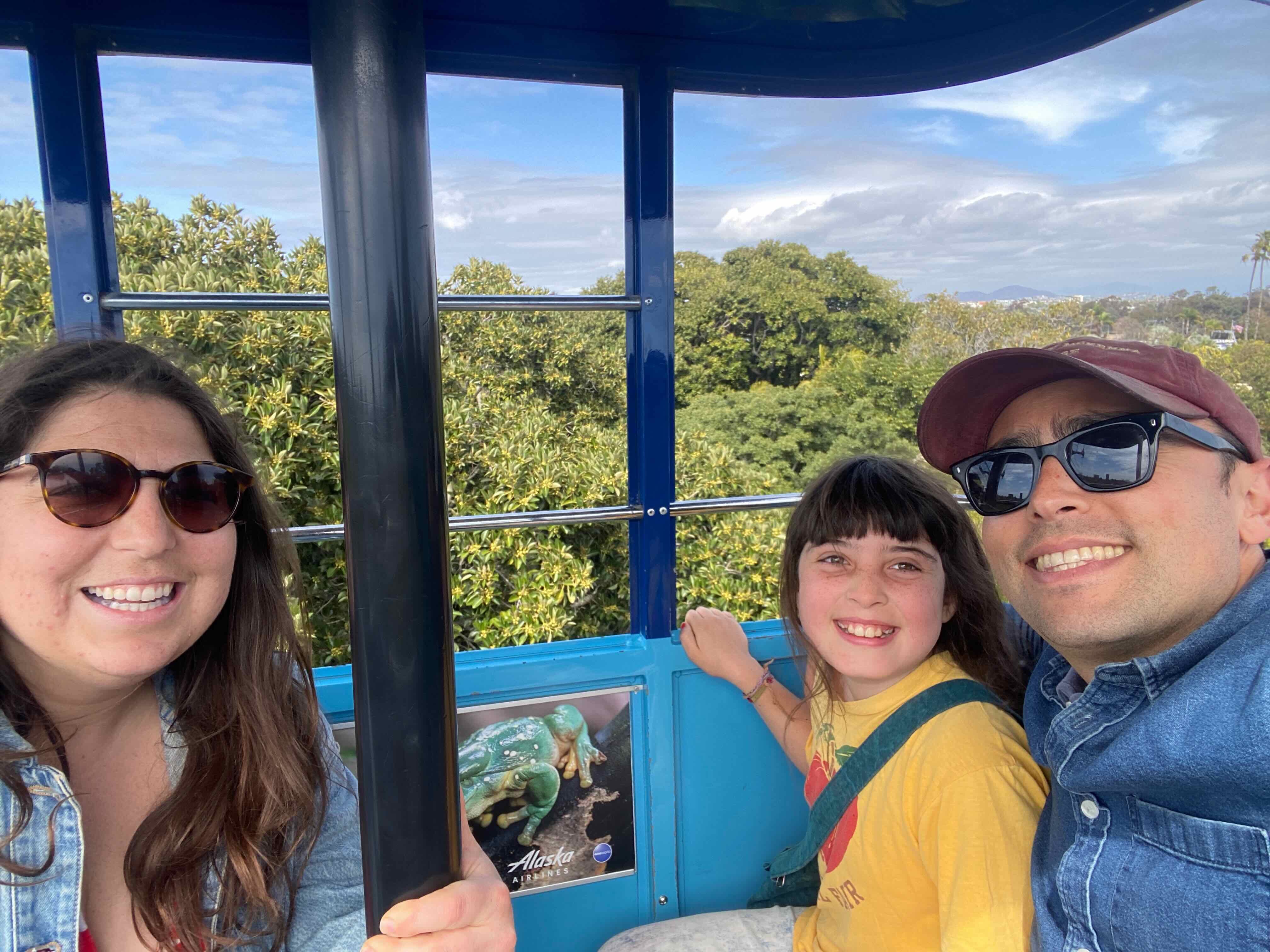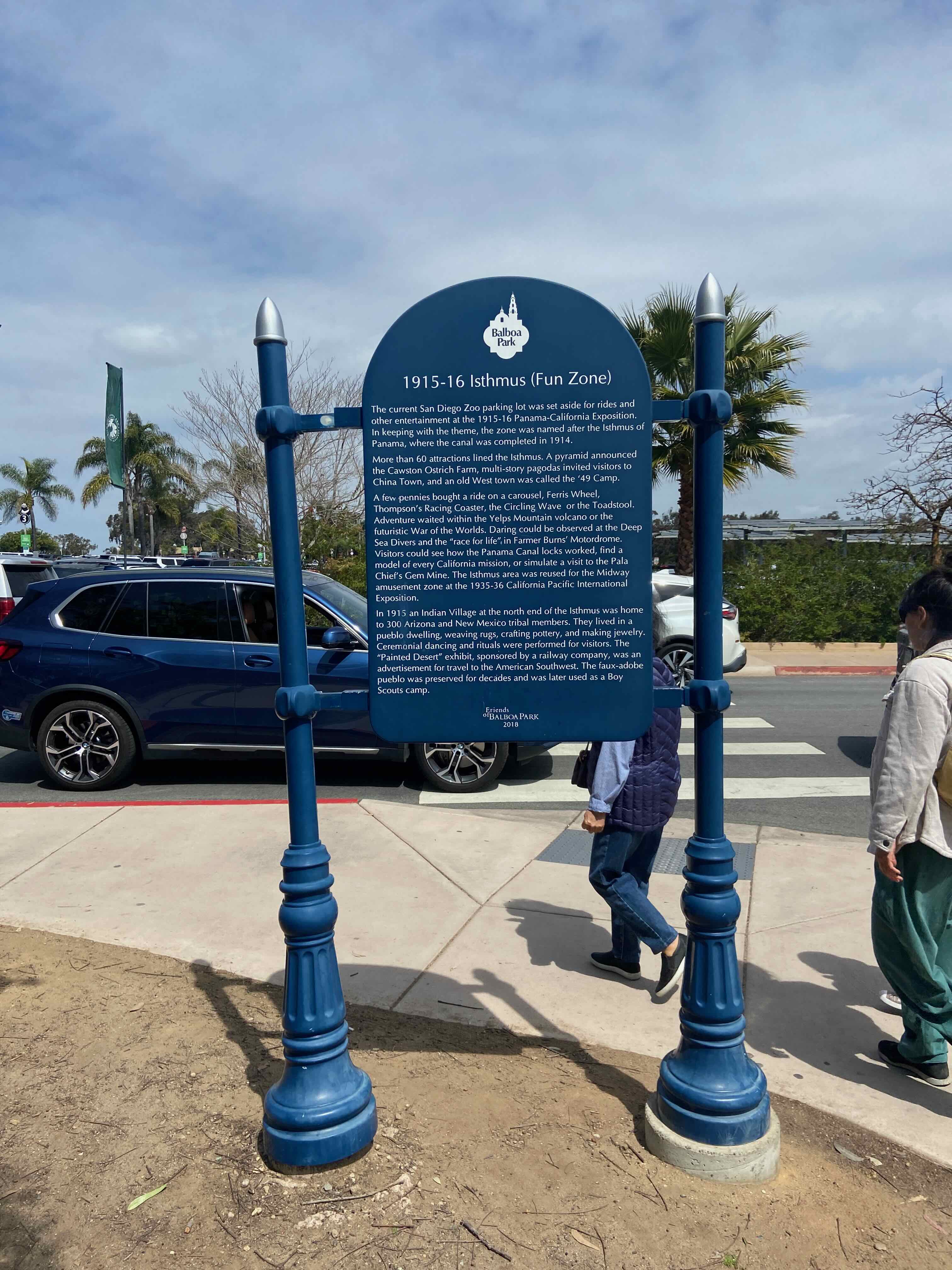Child Portage
I visited family a couple months ago and we took my niece to the world-renowned and very popular San Diego Zoo.
The diversity of mobility aids for parents to transport their children around was incredible.
“Child portage” is probably too formal and uncommon a name, so “stroller” is the conventional name.
Here are a set of photos I observed and decided to document using my camera.
Notably, almost all of them exhibit folding capabilities (I note this because folding bicycles are relatively uncommon in the US, but much more common in Asia).
There are also no motor-assisted models (yet), but I am positive there will be soon:







A much more fun form of “portage” was riding the gondola:

Before boarding the gondola, there were strict limitations on bringing your stroller with you on the gondola ride.
In fact there was a long line of strollers that were left abandoned at what end of the gondola (presumably with the intent to ride the gondola round-trip).

And I will finish this post with a noteworthy sign from outside of the zoo, next to a large surface parking lot.
Here is the seemingly most prevalent form of land use in America, the surface car parking lot, on top of a heritage site:

The sign says the following:
1915-16 Isthmus (Fun Zone)
The current San Diego Zoo parking lot was set aside for rides and other entertainment at the 1915-16 Panama-California Exposition.
In keeping with the theme, the zone was named after the Isthmus of Panama, where the canal was completed in 1914.
More than 60 attractions lined the Isthmus. A pyramid announced the Cawston Ostrich Farm, multi-story pagodas invited visitors to China Town, and an old West town was called the ‘49 Camp.
A few pennies bought a ride on a carousel, Ferris Wheel, Thompson’s Racing Coaster, the Circling Wave or the Toadstool.
Adventure waited within the Yelps Mountain volcano or the futuristic War of the Worlds. Daring could be observed at the Deep Sea Divers and the “race for life” in Farmer Burns’ Motordrome.
Visitors could see how the Panama Canal locks worked, find a model of every California mission, or simulate a visit to the Pala Chief’s Gem Mine. The Isthmus area was reused for the Midway amusement zone at the 1935-36 California Pacific International Exposition.
In 1915 an Indian Village at the north end of the Isthmus was home to 300 Arizona and New Mexico tribal members. They lived in a pueblo dwelling, weaving rugs, crafting pottery, and making jewelry.
Ceremonial dancing and rituals were performed for visitors. The “Painted Desert” exhibit, sponsored by a railway company, was an advertisement for travel to the American Southwest. The faux-adobe pueblo was preserved for decades and was later used as a Boy Scouts
Friends of Balboa Park, 2018